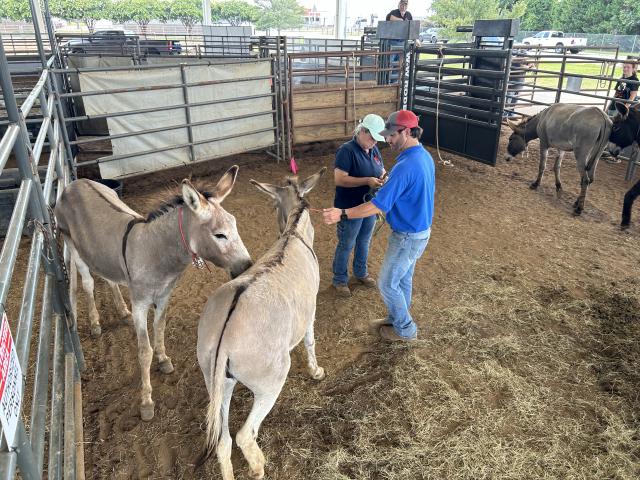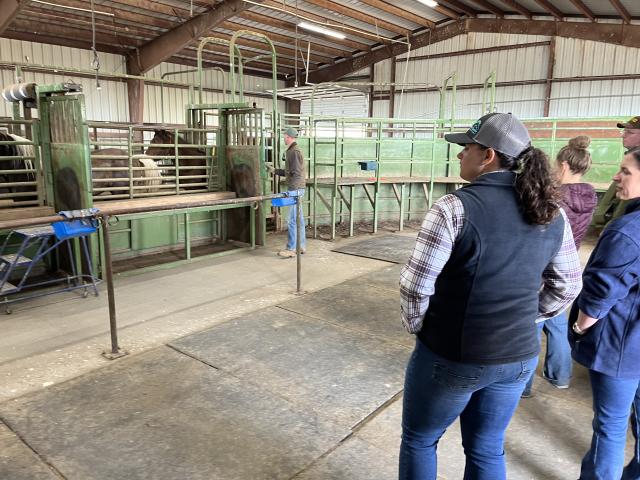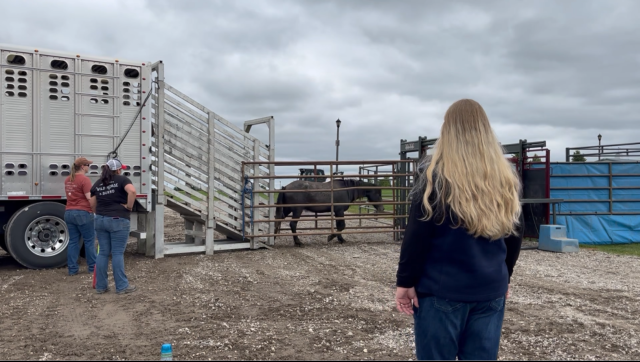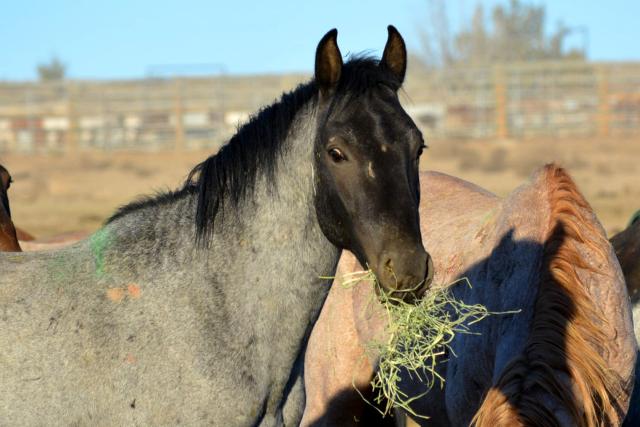Related Content
Related Stories
- “Where did my horse come from?” BLM launches a new way for adopters, trainers and others to learn about their wild horses and burros
- Lake Havasu Fisheries Improvement Program is the gift that keeps giving
- BLM is thankful for public lands volunteers
- BLM Fire and National Conservation Lands managers collaborate to meet shared goals
- BLM delivers on administration priorities




